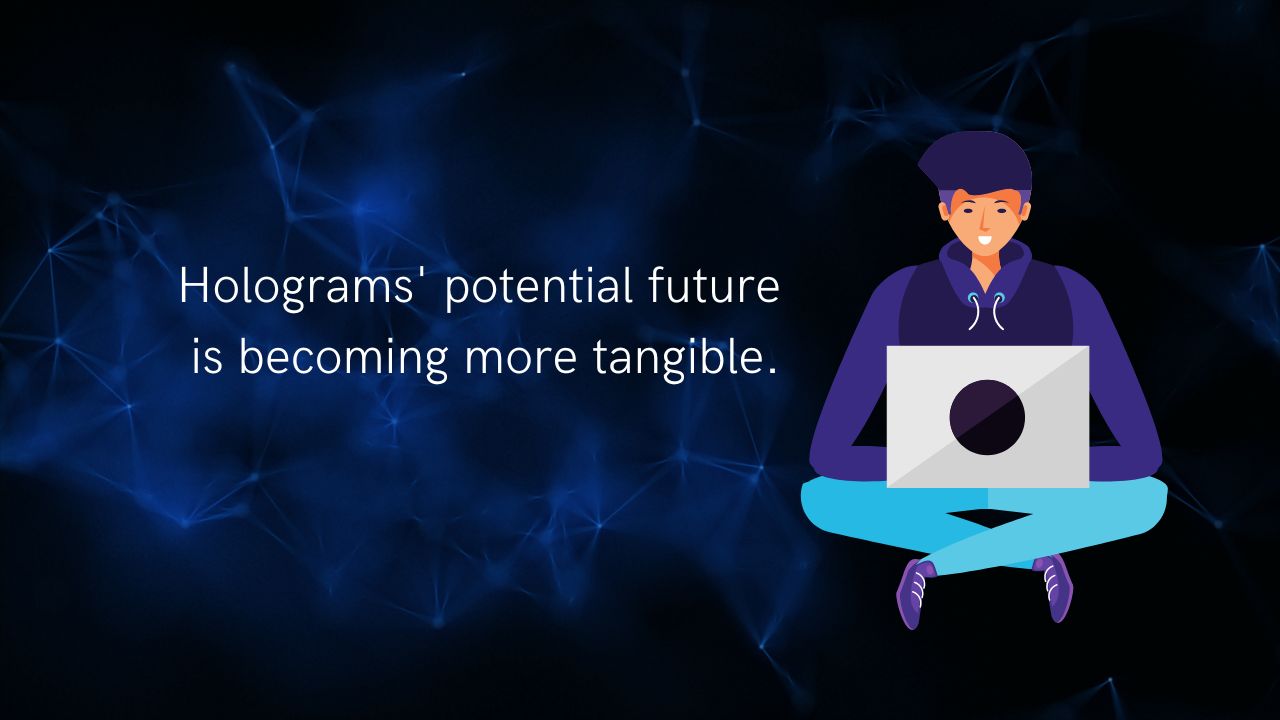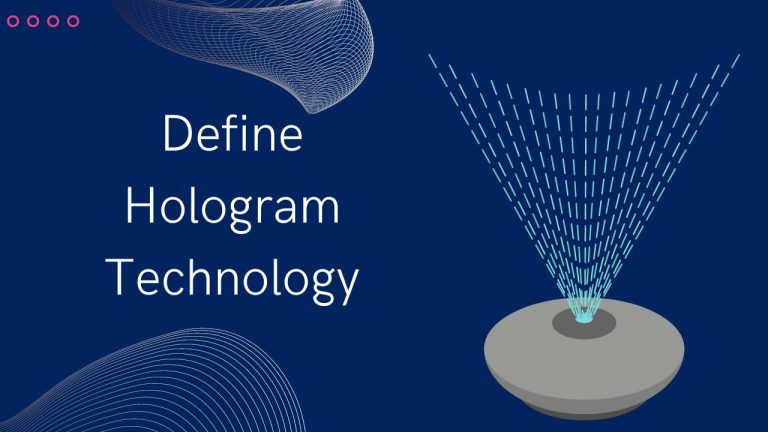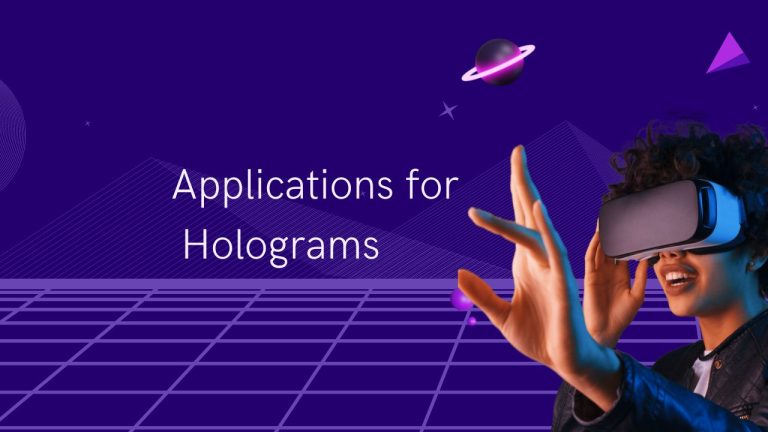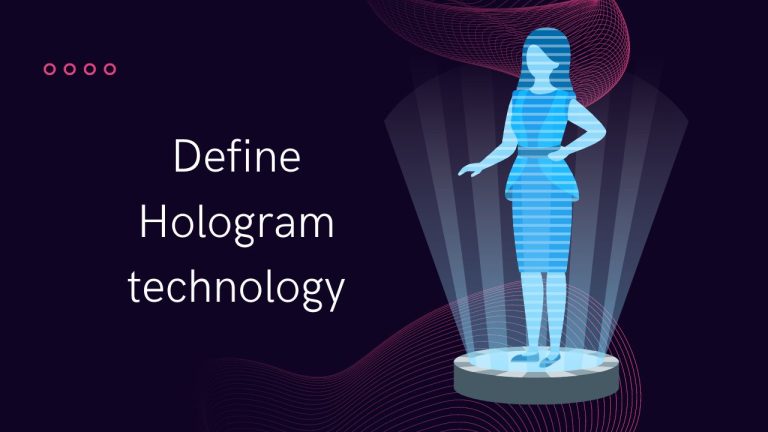Holograms’ potential future is becoming more tangible.
Holograms still seem to be a technology that belongs more in science fiction than in real life, to be honest. The field of telecommunications is developing quickly, and 5G will make it possible for data retransmission to happen both more quickly than it happens now and in real-time.
Holographic technology is thus getting closer to being a type of communication on par with others. You will learn everything there is to know about holograms and their potential uses in this essay. We also discuss Spain’s most cutting-edge technology initiatives as well as the country’s upcoming difficulties.
Holograms are an intriguing and uncharted technology.
Holography, a method of laser illumination that creates three-dimensional, colored images, is the process used to create holograms. Physicist Dennis Gabor published his holography theory in 1947, a work that earned him the Nobel Prize in physics. Although the use of holograms is relatively recent, the field itself is more than 60 years old.
The development of laser lighting allowed the Americans Emmett Leith and Juris Upatnieks to produce the first hologram fifteen years later. The technology to use it widely has been created by numerous research institutions and businesses up to now, but the digital transformation and the rise in data traffic have made holograms a real-time image projection tool.
How are holograms created?
Understanding holography in which two distinct laser light beams interfere with one another when one reflects a specific object is necessary before understanding holograms. The fact that this item is a photosensitive film indicates that it is light-sensitive. A three-dimensional image is created when two light beams interact and one of them deviates from the intended route.
The technique is straightforward even though it appears to be complex. Using a camera, motion picture registration is possible; the image is projected differently. This is exactly how a live broadcast operates, while a holographic broadcast substitutes a holographic device for a two-dimensional screen.
Holograms had an issue up until recently in that the graphics needed a very strong network connection, which caused data transfer to experience frequent cuts and interruptions. Thankfully, 5G will be the last push needed to integrate holograms into the technology we use every day. Holographic image playback can be accomplished virtually concurrently, as if it were a live dialogue, by delivering vast amounts of data at rapid speeds.
Regions where the initial holograms are being created
Numerous businesses have conducted various studies on the use of holographic technology as a result of advancements in the field that have been followed by higher data and decreased latency. We can anticipate the widespread usage of holograms in industries including communication, tourism, part manufacture, and possibly medical if the results are consolidated.
The most promising holographic technology initiatives are the ones listed below:
- Telecommunications: Holographic video calls have already been the subject of several pilot tests. By utilizing augmented reality, holograms that can be interacted with in a manner comparable to a physical dialogue could replace the video calls of today. In reality, a holographic video conversation between Seoul and New Jersey was made in 2017 by the Korean company KT Telecom.
- Culture: The usage of holograms at concerts is one of the few current viable applications. Holography has already been utilized to create realism with the likeness of famous people like Michael Jackson or rapper 2Pac. It can also be used to stream concerts in real time from several locations.
- Holograms are already used in some areas of the tourism industry, much like they are during concerts. For instance, Stirling Castle in Scotland greets guests with a hologram of William Wallace, a legendary figure.
- Industrial processes can be standardized with the use of holographic technology. Holographic technology will allow relocated firms to produce and assemble metal parts more quickly.
- Automobiles: Holograms can be integrated into automobiles to add a plethora of new features. The Envisics Company has already implemented this technology in Jaguar vehicles but plans to add more features like the ability to identify pedestrians or display GPS addresses in three dimensions.
- Health: Using holographic tools in the healthcare industry can greatly improve patient safety. By projecting the patient’s organs, it is possible to examine their state and use infrared to control various bodily components, ensuring that all surgical procedures are properly sterile.
Spanish holograms: viewpoint and goals
The development of this technology has caught Spain’s attention, and significant strides have already been made in numerous fields. Sant Pau Hospital in Barcelona, for instance, has already carried out operations using 3D models, allowing surgeons to see the patient’s body in great detail on a projection while doing the procedure.
Moreover, holography has been utilized in Spanish “teleportation by hologram” initiatives. Currently, Newtonlab Space, a Catalan business with headquarters in Galicia, is experimenting with 5G technology to stream holograms live. Red.es is working on a similar project for video conferencing that will combine augmented reality, holography, and a virtual assistant that can be viewed by all participants from any angle.
Of course, the biggest difficulty in the future will be making holograms accessible to the typical user. Numerous start-ups already concentrate on using holograms in smartphone environments. Holographic images can already be produced and transmitted by mobile devices, albeit technology has not yet developed to the point of achieving fine resolution.
The use of holography is closer than you might imagine, even though they have a long way to go before becoming a commonplace tool. Holograms will be a part of our toolkit for communication after real-time 5G calls are implemented and intelligent connectivity is implemented.
FAQS:
Is a hologram practicable?
Unlike conventional 3D presentations, holograms can be seen with the human eye. Holograms can be created physically for optical displays or digitally for augmented reality goggles. There are two types of holograms: typical and realistic, depending on the technique.
Is a hologram a fourth dimension?
Each hologram offers a 3-dimensional representation of the scene through digital processing, where the focusing distance can be customized. When all of these holograms are combined, the geometrical shape of the three-dimensional object is rendered with extreme accuracy and clarity.




